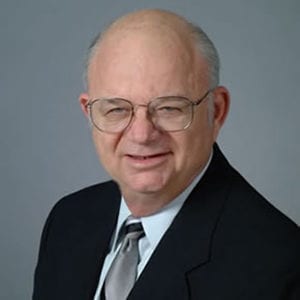Creativity and the unconscious are not magic. Almost all thinking operates in the unconscious — including taking out the garbage, tying our shoestrings, or driving our car. You can’t do any of this if you are unconscious, but your subconscious mind can control these actions.
Creativity is sometimes misunderstood and placed low on a company agenda. But sometimes, the cheapest place to get better (more profitable) ideas is to stimulate creativity and innovation inside your organization.
01 Creative Leaders Have Modest Intelligence
In summarizing the personal characteristics of creative thinkers, renowned Italian psychiatrist, Silvano Arieti, concluded that they must be intelligent. The paradox is that they generally are not too intelligent. Excessive intelligence cripples creativity by imposing an examination of self and ideas that is too strict, too “logical.”
02 Creative Leaders See Opportunity In Mistakes
A rat uses its errors to help find its way through a maze. In a similar but more sophisticated way, creative thinkers must be assisted by their leaders and colleagues to recognize and use their thinking errors as they grope with the creative solution to a problem. In scientific and technical arenas of thought, mistakes can be quite useful in posing issues in a new way and in inviting unique approaches to a problem.
03 Creative Leaders Ask (The Right) Questions
A question calls forth an answer; a problem, its solution. The trick is not only to ask questions but to ask questions or pose problems in the most effective ways. A question can easily limit creative thinking if it restricts the space of potential answers. It’s therefore essential to raise questions in open-ended ways, and ways that do not make too many assumptions about an acceptable answer. A significant part of the creativity task is the proper formulation of the problem itself.
04 Creative Leaders Are Prepared to be Creative
What this means is that creative people have a mindset that enables creativity to happen, as if by chance. We have all heard the famous axiom: “Chance favors the prepared mind.” But the complete explanation is: “Accident arises out of purpose. The essence of invention isn’t process, but purpose.” In other words, creative people, desire to be creative, believe that there is a creative solution, and expect that they will be the ones to find it.
05 Creative Leaders Are Original Thinkers
Original thinking is not the same as creativity but is a prerequisite for creative thought. Originality requires an active search for the different. This may involve deliberate attempts to conjure contrasts, opposites, bizarre associations, and symbolic thinking. Original thinking is sometimes no more than merely recognizing that what is accepted by everybody else has flaws, is not adequate, or needs to be done differently. Creative leaders tend to search longer for original thoughts that can improve upon or even replace emerging ideas.
06 Creative Leaders Keep People From Getting Too Specialized
Overspecialization gets in the way of creative thought. A research team with people of diverse backgrounds creates a stimulating intellectual environment that can promote the evaluation of problems from a broader perspective and lead to new ways of seeing problems and solutions. Many projects require a diversity of technical skills, which is provided in a diversely structured team.
07 Creative Leaders Tolerate Mavericks — Even Value Them
By definition, creative people are more likely to be non-conformist, not only in their thinking but sometimes in their attitudes and behavior. If such people are valued in an organization for what their ideas can do for the group, then a certain amount of tolerance for unconventional behavior is the price that has to be paid. Sometimes creative, innovative people are uncomfortably aggressive. They may be driven by ambition and are not very tolerant of obstacles, be they material or managerial. “Best workers gripe the most” was the conclusion drawn by one analyst of a survey of industrial productivity.




































